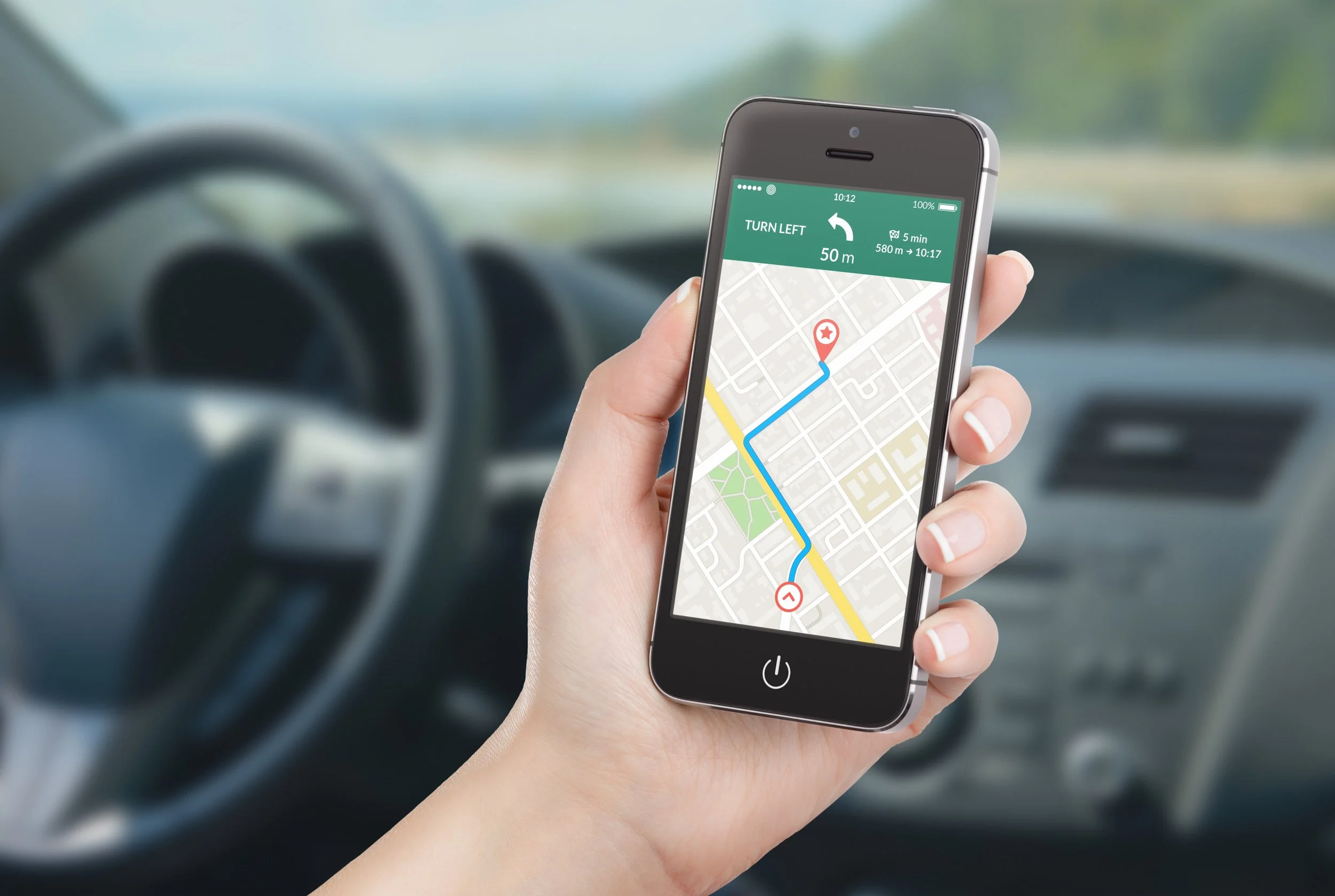What is Message Abundancy?
Origin: Coined by Pauline Gibbons (2006).
Definition: The intentional use of multiple meaning-making systems (spoken, visual, interactive, graphic, written, experiential) to support all learners, but critical to multilingual learners’ understanding of key concepts.
Metaphor: GPS navigation communication (color, audio, graphic, tactile, bold, timely bite-sized communication) (Gibbons, 2014). Next time you get in the car and need to use Google Maps to your destination, remember, the GPS doesn’t give you a lecture with “Any Questions” at the end. There is a whole system for communicating the long message in ways to make meaning accessible: through visuals (the map), arrows, voice, vibration to remind you of the upcoming turn, and color.
Key Principle: Message abundancy ≠ adding pictures only. It means layering modes of representation (color-coded text, margin questions, gestures, diagrams, simulations, videos, student talk, etc.) so students can engage deeply.
What Do We Already Know About Message Abundancy? What is Worth Revisiting?
Message Abundancy may be a familiar concept to teachers, especially those who use Universal Design for Learning and teachers who specialize in supporting Multilingual Learners. Using visuals, gestures, and multimodal representation is not new. So, why are we revisiting these concepts again? Because we continue to see the following in today’s classrooms:
Talk is central to learning, and yet too much teacher talk still dominates classrooms, prompting students to tune out and disengage over time (Freeman et al., 2014; Boryga, 2023). Students themselves report that when teachers talk too much, their “brains leave the room,” signaling cognitive overload and withdrawal from learning (Tancredi et al, 2024), and common passive “sit-and-listen” structures produce silent disengagement, mental fatigue, and declining motivation (Ross, 2019). The remedy is less teacher talk and more student talk as a tool for learning—oracy that invites learners to verbalize reasoning, build on peers’ ideas, and negotiate meaning, which in turn boosts understanding and participation (Gaunt & Stott, 2019).
Movement is key to learning, and yet, students sit for too long (Schmidt et al, 2019). Students who are learning via a second or academic language often require more processing time and mental space. Movement gives their brains “room to breathe,” a kinetic reset that refreshes attention and re-engages brain cells. Movement offers alternate modes of meaning-making (gesture, embodiment, physical modeling) (Kress, 2010). For all students and especially MLs, movement helps ground abstract concepts in physical, tangible experience. For complex, language-heavy content, integrating movement can lessen the cognitive load (so students aren’t overloaded by language demands and content simultaneously).
Language is a central tool for learning, and yet it’s often reduced to grammar structures, vocabulary lists, or ignored entirely. However, “language is the essential condition of learning and the process by which experience becomes knowledge” (Halliday, 1993). When we dilute or bypass language, we hide the very resources students need to comprehend and create texts —complex noun groups that pack information, connectors that build causal chains, and appraisal choices that communicate perspective in arguments (Schleppegrell, 2004). Instead, language must be made visible: by surfacing how meaning works in the text through language, modeling it across modes (Mode Continuum which will be explored in the future blogs), and rehearsing it aloud to articulate one’s ideas before writing. This requires explicit language to turn the lights on, to “let ‘em in on the secret” (Brisk & Zisselsberger, 2010)—so learners can see how language carries disciplinary knowledge and then use those same resources to read, talk, and write across various school contexts - horizontally (across subjects), and vertically (across the years of schooling).
Download our Message Abundancy in a Unit: 5 Instructional Steps Resource!
-
Boryga, A. (2023, January 9). Small Shifts to Limit ‘Teacher Talk’ and Increase Engagement Guiding. Edutopia https://www.edutopia.org/article/limit-teacher-talk-increase-student-engagement-achievement/
Brisk, M. E., & Zisselsberger, M. (2010). “We’ve let ’em in on the secret”: Using SFL theory to improve the teaching of writing to bilingual learners. In T. Lucas (Ed.), Teacher preparation for linguistically diverse classrooms: A resource for teacher educators (pp. 111–126). Routledge.
Fang, Z., & Schleppegrell, M. J. (2008). Reading in secondary content areas: A language-based pedagogy. University of Michigan Press.
Freeman, S., Eddy, S. L., McDonough, M., Smith, M. K., Okoroafor, N., Jordt, H., & Wenderoth, M. P. (2014). Active learning increases student performance in science, engineering, and mathematics. Proceedings of the National Academy of Sciences, 111(23), 8410–8415. https://doi.org/10.1073/pnas.1319030111
Gaunt, A., & Stott, C. (2019). Transform teaching and learning through talk: The oracy imperative. Rowman & Littlefield.
Gibbons, P. (2006). Bridging discourses in the ESL classroom: Students, teachers and researchers. Continuum.
Gibbons, P. (2014). Scaffolding language, scaffolding learning: Teaching English language learners in the mainstream classroom (2nd ed.). Heinemann.
Halliday, M. A. K. (1993). Towards a language-based theory of learning. Linguistics and Education, 5(2), 93–116. https://doi.org/10.1016/0898-5898(93)90026-7
Kress, G. (2010). Multimodality: A social semiotic approach to contemporary communication. Routledge.
Ross, K. (2019, September 30). Ghosts in the classroom: Insights into passive disengagement in the middle years. EduResearch Matters (AARE).
Schleppegrell, M. J. (2004). The language of schooling: A functional linguistics perspective. Lawrence Erlbaum.
Schmidt, M., Benzing, V., Wallman-Jones, A., Mavilidi, M., Lubans, D. Revalds. & Paas, F. (2019). Embodied learning in the classroom: Effects on primary school children's attention and foreign language vocabulary learning. Psychology of Sport and Exercise, 43 45-54.
Tancredi, H., Killingly, C., & Graham, L. J. (2024, July 17). “My brain leaves the room”: What happens when teachers talk too much. Queensland University of Technology – RealFocus.


